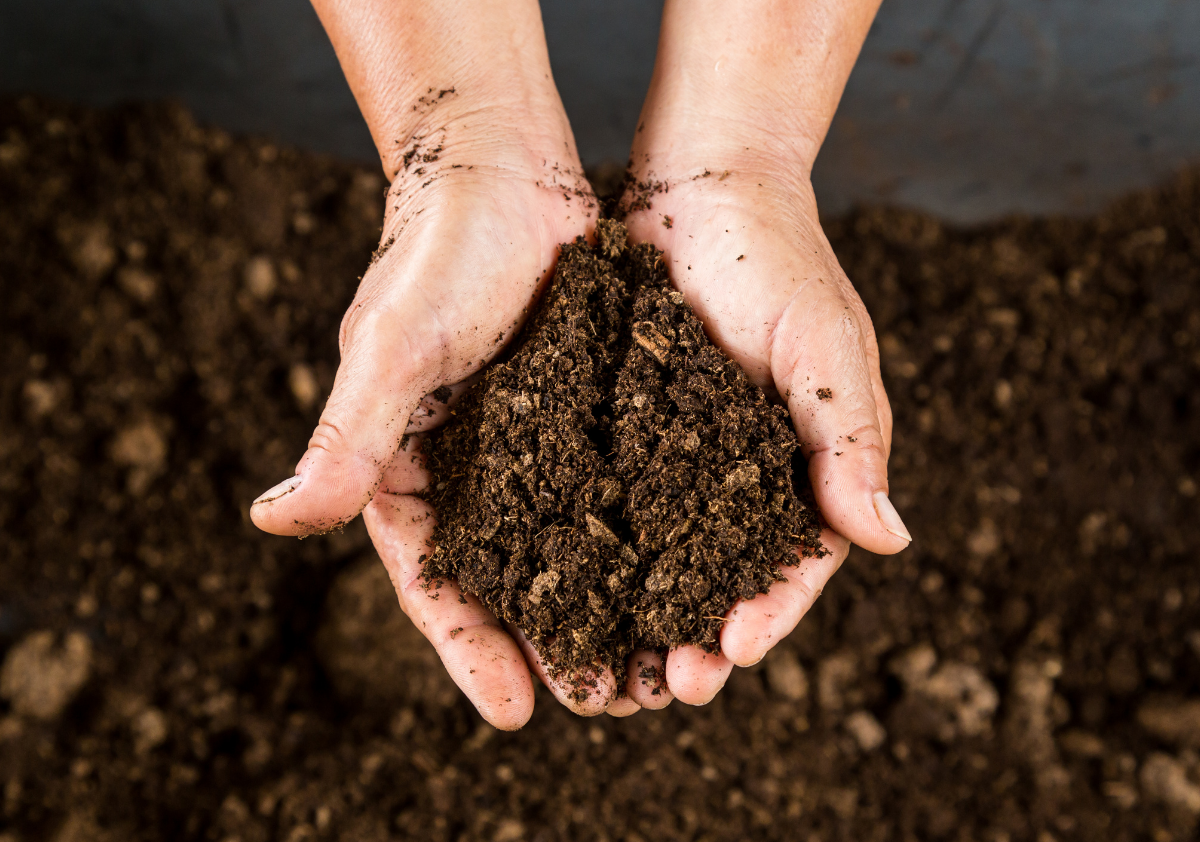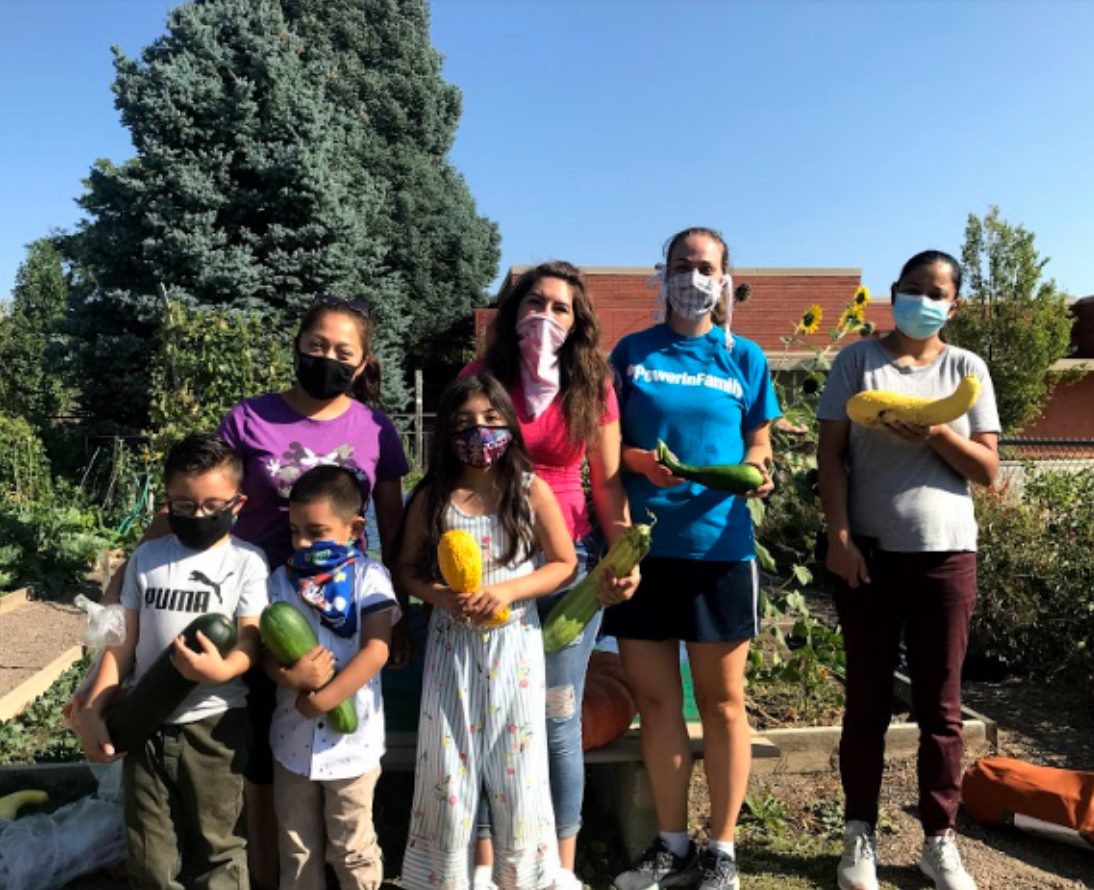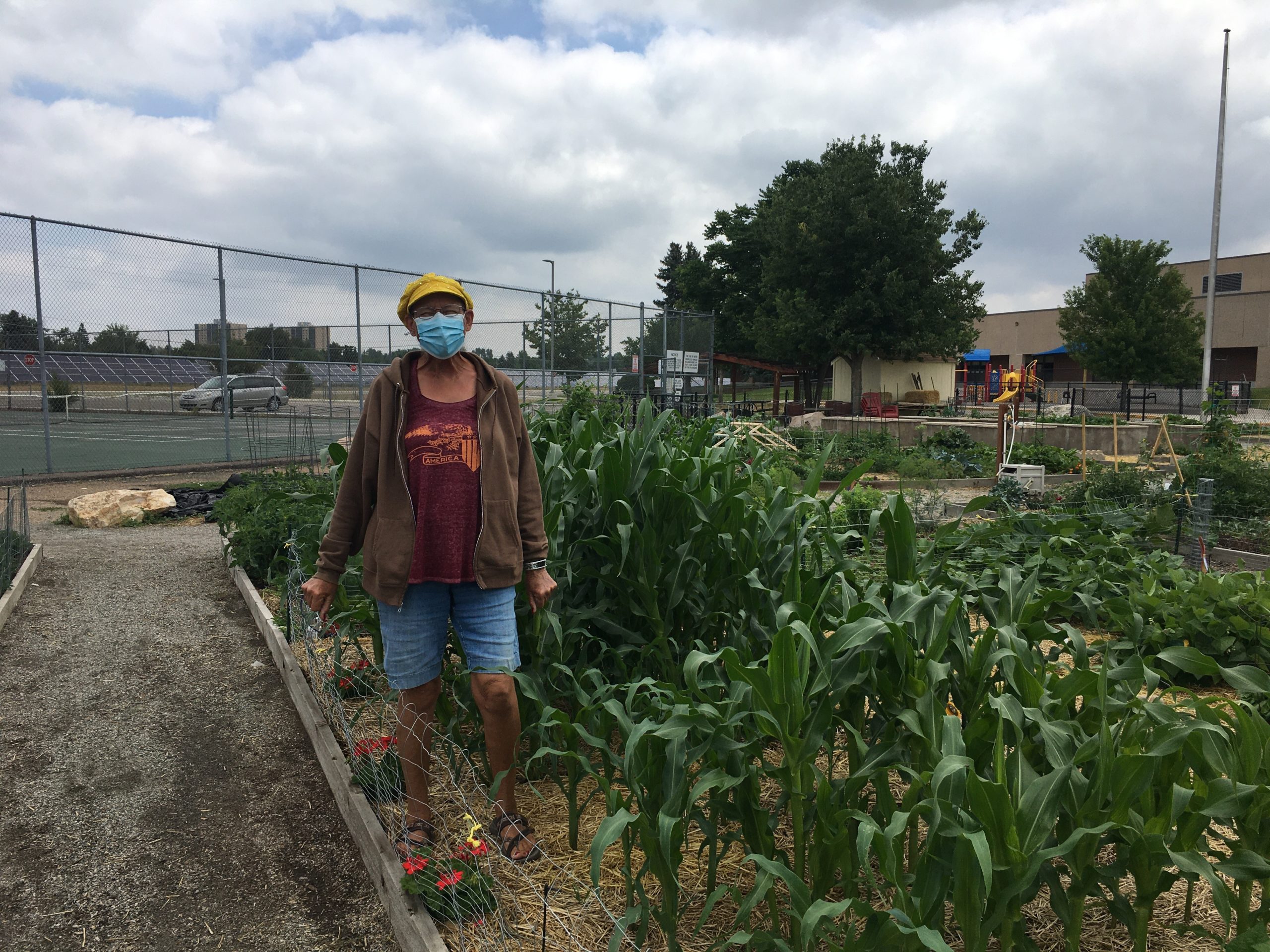by Senior Education Specialist Judy Elliot
March can be one of our (hopefully) snowiest months and also provides wide temperature variations, ranging from an average high of 50 – 58 to lows between 24 and 29 degrees. We’ve also had occasional days of 70 degrees, that throw us all off and exacerbate that ‘got to get growing’ fever that is so unique to gardeners!
Not only are days increasing in length, but sun intensity is noticeable. By March, turf is greening, early bulbs such as crocus, small iris, snowdrops and early daffodils are in bloom, early tulips may have emerged, buds on early blooming shrubs such as lilac and forsythia have enlarged, even fruit trees may show signs of bud swelling: and then the next snow descends or we are deluged with weeks of what ‘new arrivals’ may deem ‘abnormal night time temperatures. All of these changes signal the importance of paying attention to tasks that promote healthy soil for season – wide growth.
March is the month of DISCOVERY.
D |Dig into the wealth of information with DUG
Join the DUG network at community.dug.org to connect with other gardeners on their growing journeys! This platform is meant as a ‘give and take’ with our community offering their advice and posting challenges.
While you’re there, check out our upcoming classes!
I | Investigate the ease of growing some of your transplants indoors under lights
Using a simple fluorescent light fixture, seed starting mix, timer, ‘cell pack inserts’, bottom tray and humidity dome, you can easily start seeds for later transplanting to the garden
- Early March: broccoli, cabbage, cauliflower, onions
- Early March: (Use a bottom ‘heat mat” for better germination) Sweet and hot peppers
- Mid March: Tomatoes, eggplants
S| Simplify your seasonal work by focusing on the importance of soil health
- Healthy soil leads to healthy crops which leads to healthy people
- Activate home compost piles, or purchase landscape – based compost for veggie gardens

C | Create a garden plan to optimize garden usage in all seasons
- Small quantities of cool-season seeds (our spring season for cool – loving crops such as peas and salad crops never seems long enough
- Small amounts of warm season veggies (tomatoes, squash, peppers, beans)
- Replant spring crops in late summer for a fall crop
O | Organize tools and garden supports for the upcoming season
- Sharpen shovels and hoes
- Remove rust with a file, oil wooden handles with linseed oil
- Disinfect support structures such as tomato ‘cages’ with a solution of 10% bleach or one containing hydrogen peroxide

V | Visit your community garden plot to remove any dead annual crops from the prior year
- Set-up pathways within your plot to designate specific areas for ‘feet to be welcome’. Crops don’t appreciate the constant soil compaction of stepping near them to water or cultivate
E | Evaluate your successes & challenges from the prior year
- Crop rotation for tomatoes, peppers, eggplant, and potato family is essential
- Consider your time commitment for gardening. It does require us to notice, pause, turn over leaves, (not just cursory watering)
- Don’t grow what you don’t like to eat and more than you can use
R | Remember the importance and value of ‘growing in community’
- Your fellow gardeners are a wealth of knowledge, skills and wisdom
- Everyone has a skill that touches gardening
- Share your skill and ask for help when you need it


Easy Garden Tip
Garden Pathways
For a typical 10’ x 15’ garden plot, divide the plot into 6 separate growing areas
- Each area is about 6’ 6” long x 2’ 6” wide
- Internal pathways (for feet to walk, cultivate & care for plants) are 2’ wide
- Bonus: Pathways don’t require compost and can be mulched with straw or burlap bags
- This provides an easy way to ‘rotate’ crop families



